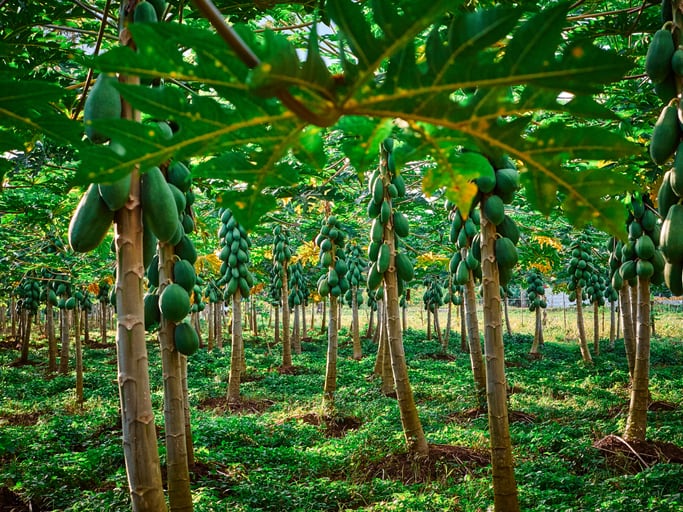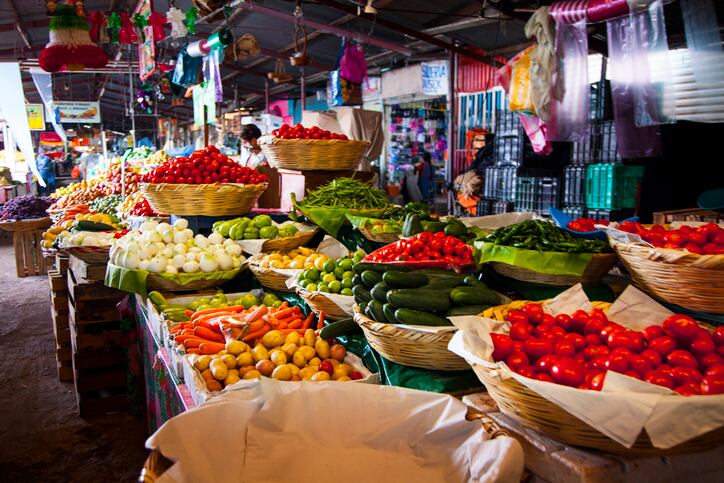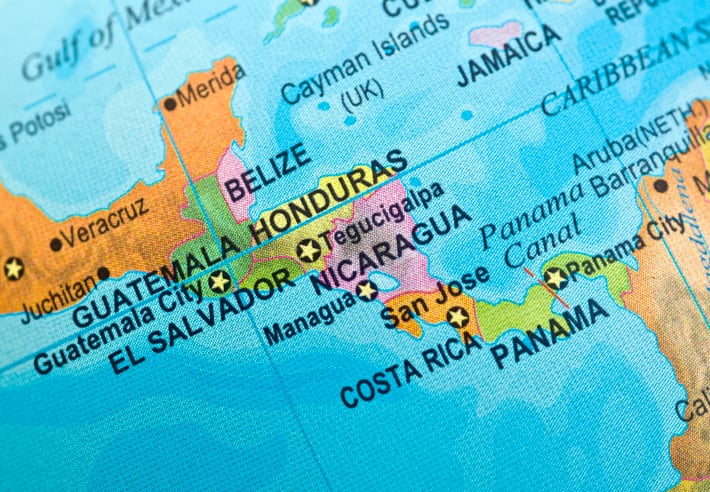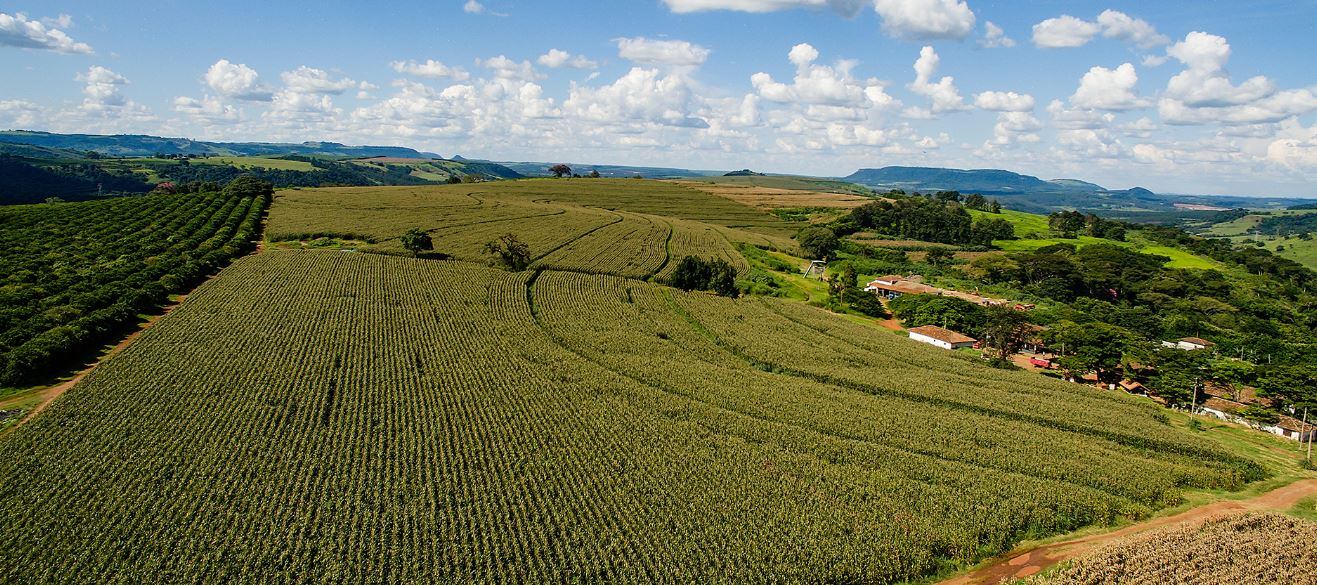Last month, Costa Rica’s Ministry of Agriculture created a department - the Sectorial Office of Climate Actions and Decarbonization – that will work to make the country’s 2018-2050 National Decarbonization Plan a reality.
The Central American country made headlines in February this year when it announced plans to decarbonize the economy in order to combat climate change.
The plan sets out objectives for the transport, energy, waste management and agriculture sectors (among others), and aims to transform Costa Rica into a zero net emissions economy by 2050, supported by fiscal reform.
"The goal for the agricultural sector is to maintain favorable growth indicators, but move towards a model that decouples this economic growth from the net emissions related to it,” the deputy agriculture minister Ana Cristina Quirós Soto, said at a workshop last month that brought together policymakers from Argentina, Chile, Uruguay and Costa Rica to share best practice in public management for climate-friendly farming.
“We are showing that sustainable and resilient agriculture in the face of climate change is possible,” said a statement by the ministry at a 'pre-COP25 event', the global sustainability summit which will now be held in Spain and not Chile due to ongoing political unrest in the South American country.
One Planet Network
Costa Rica is taking high-profile action to be seen as an international leader in agri-food sustainability.
Last week, it became co-leader of the Sustainable Food Systems Program at the UN’s One Planet Network, a multi-stakeholder partnership that aims to make food consumption and production more sustainable.
It is also in the process of certifying the region of Dota as Costa Rica’s first Globally Important Agricultural Heritage Systems (GIAHS), an area of important agricultural and food biodiversity, officially recognized by the FAO. (There are currently 50 recognized GIAHS sites globally, three of which are located in Latin America.)
Eduardo Mansur, director of the land and water division of FAO applauded the Costa Rican GIAHS initiative. “These agricultural systems are often threatened by several factors, including climate change and increasing pressure on natural resources,” he said. “Ancestral systems are the basis of current and future agricultural innovations and technologies, they also contribute to the preservation of agro-ecosystems of global relevance.”
However, according to Catalina Mora, technical expert at the Sustainable Agriculture Network (SAN), the final word will come down to money.
Financial restraints may limit the government to implementing the decarbonization plan “only partially”, Mora told this publication.
“The agriculture and cattle sectors also need to receive more support to reduce their carbon footprints via tree planting and advice on agroforestry systems, reduction of agrochemical use, effective incentives for promoting organic agriculture, better soil preparation practices as well as waste and wastewater treatments,” she said. “Without these programmatic elements, the plan is likely to fail.”




